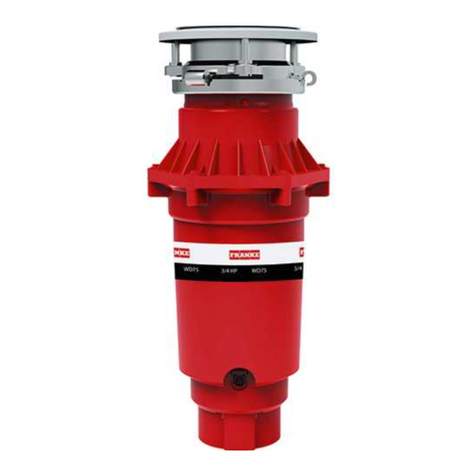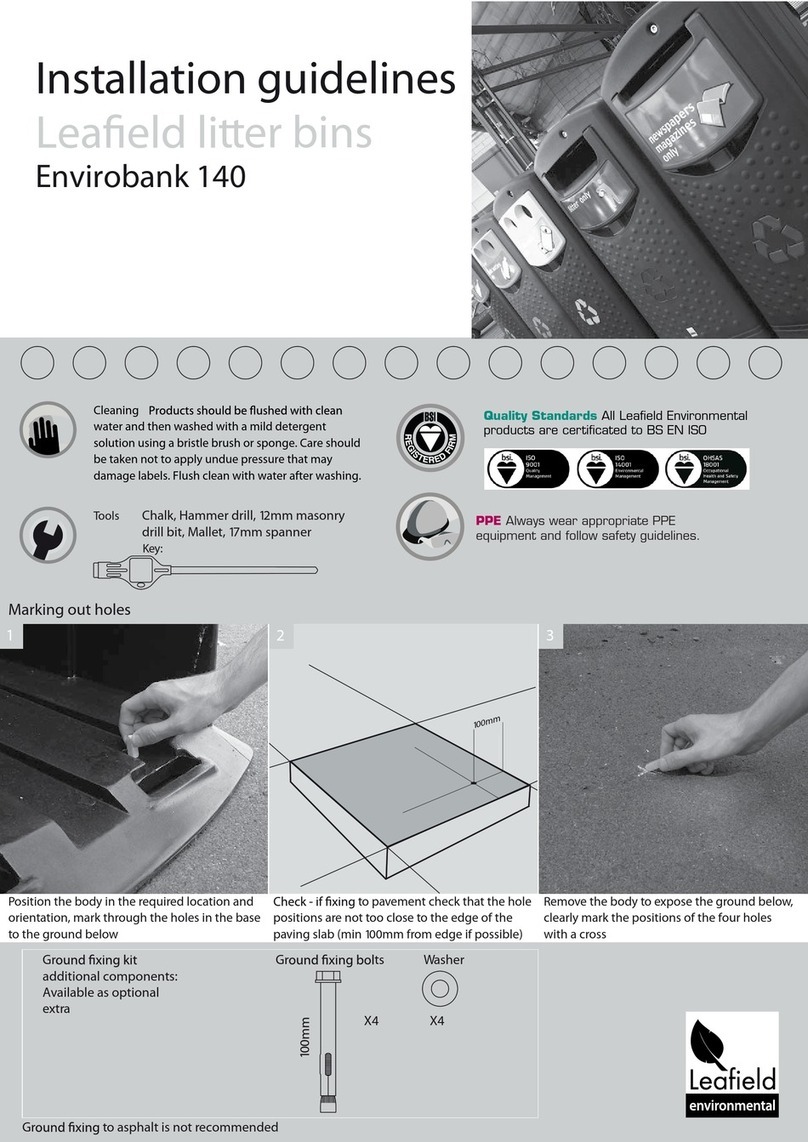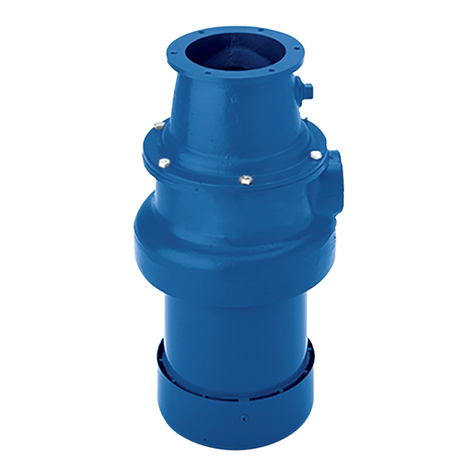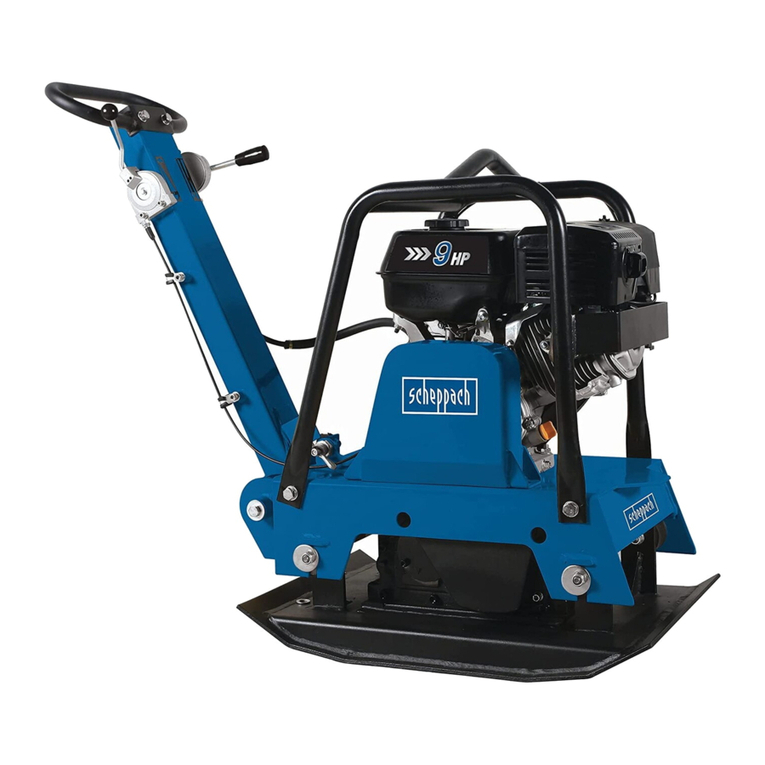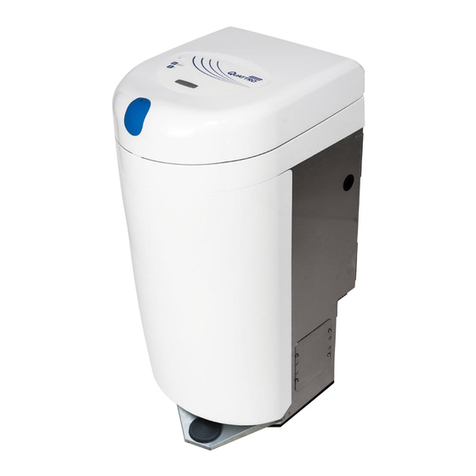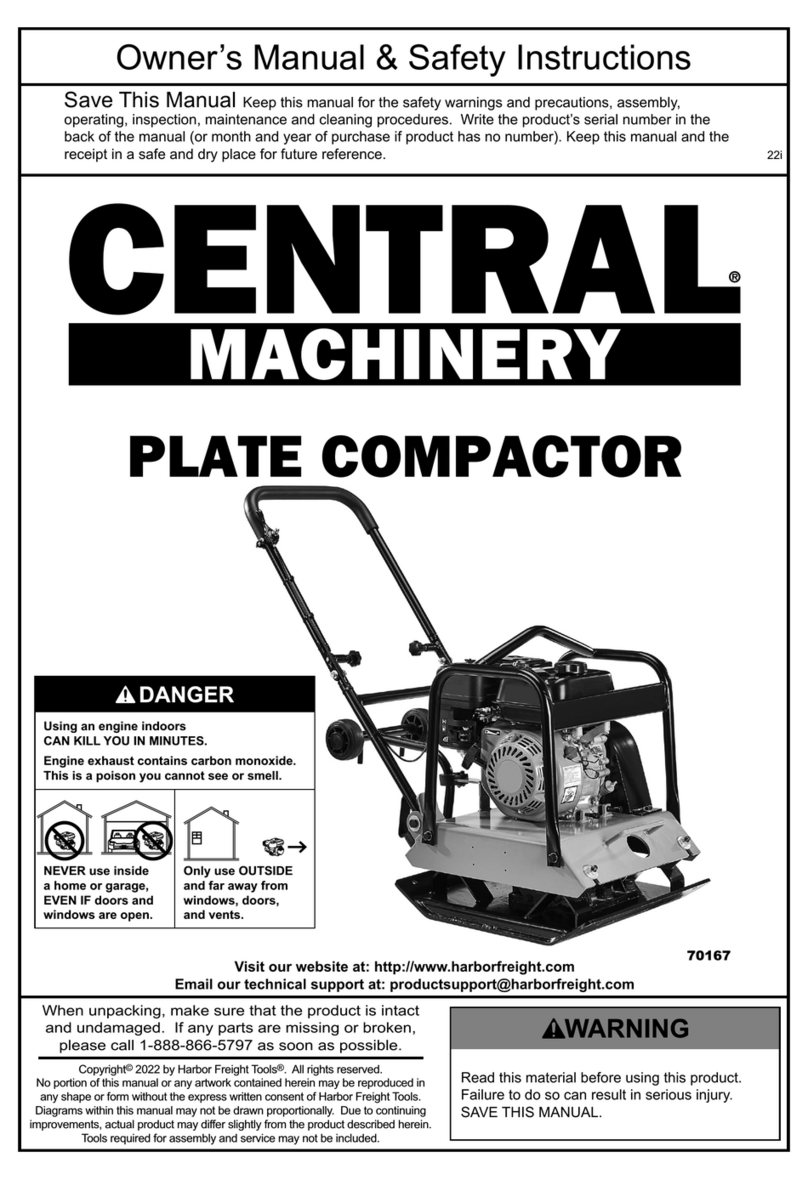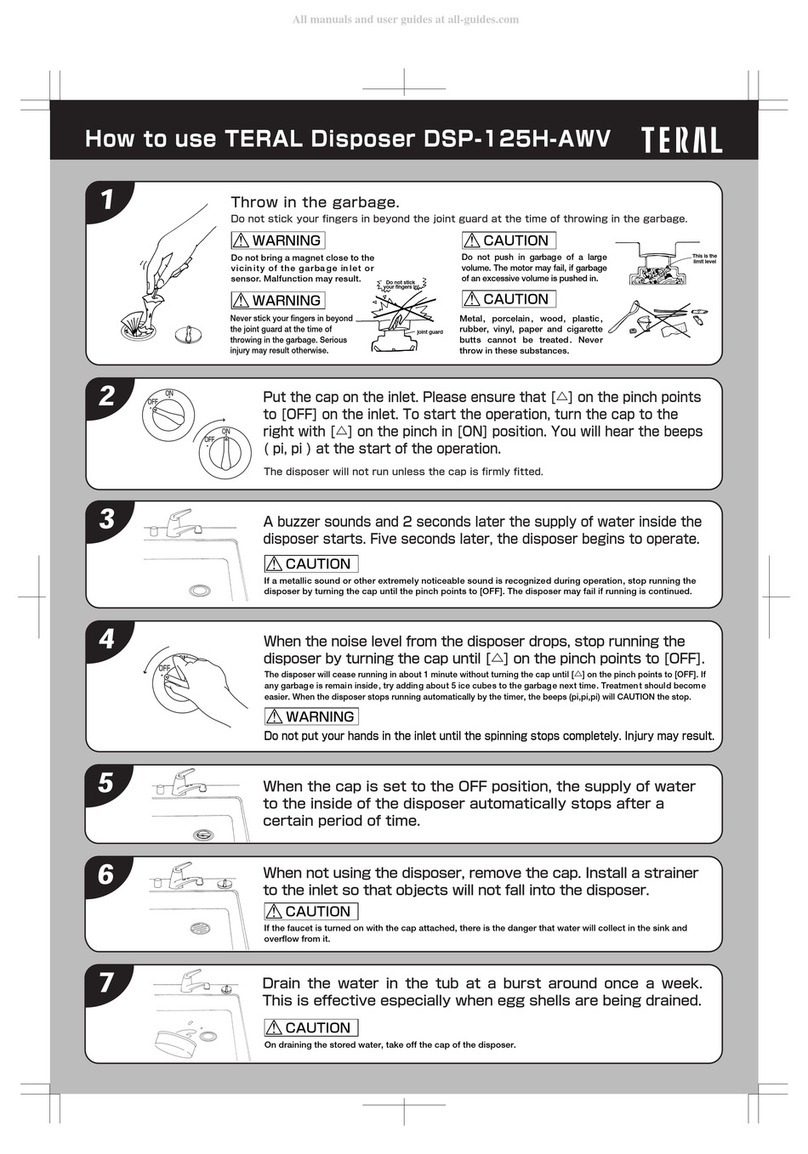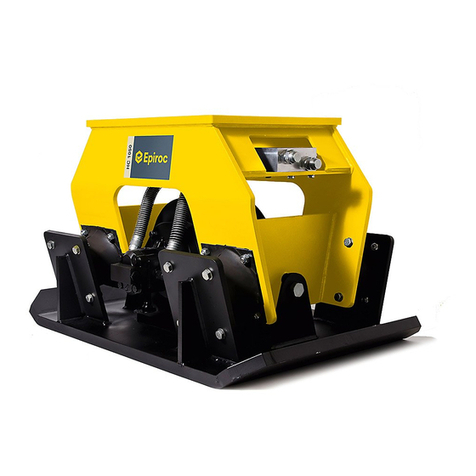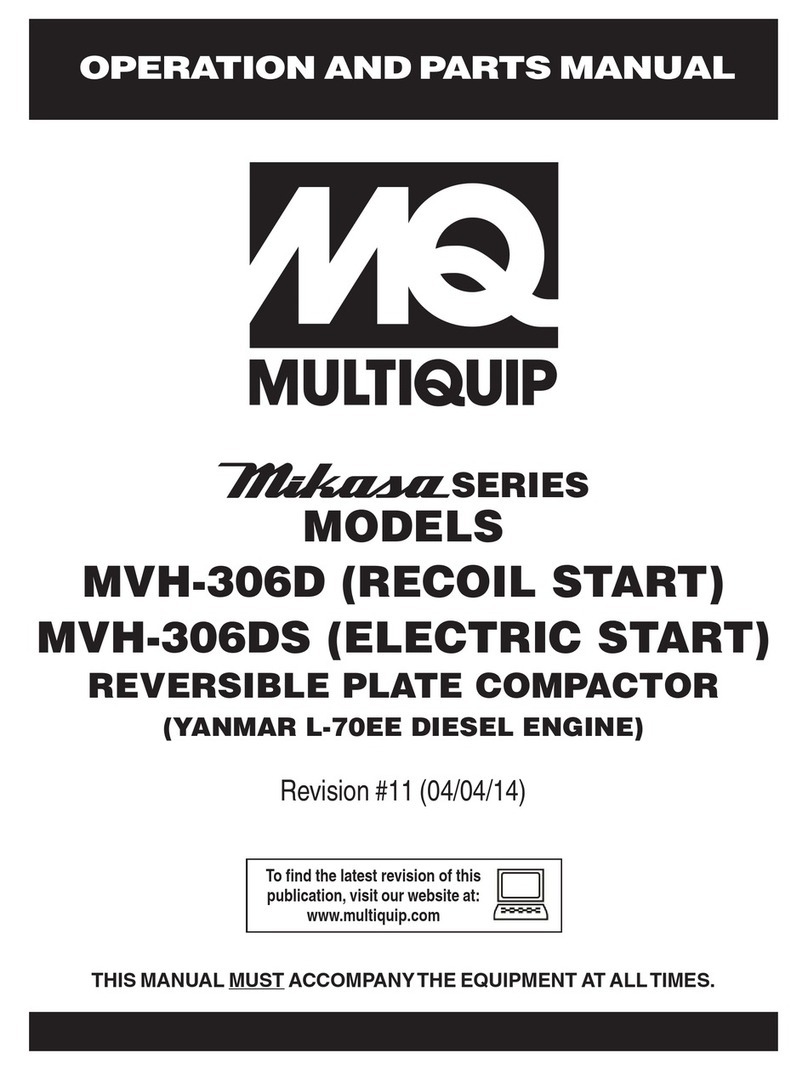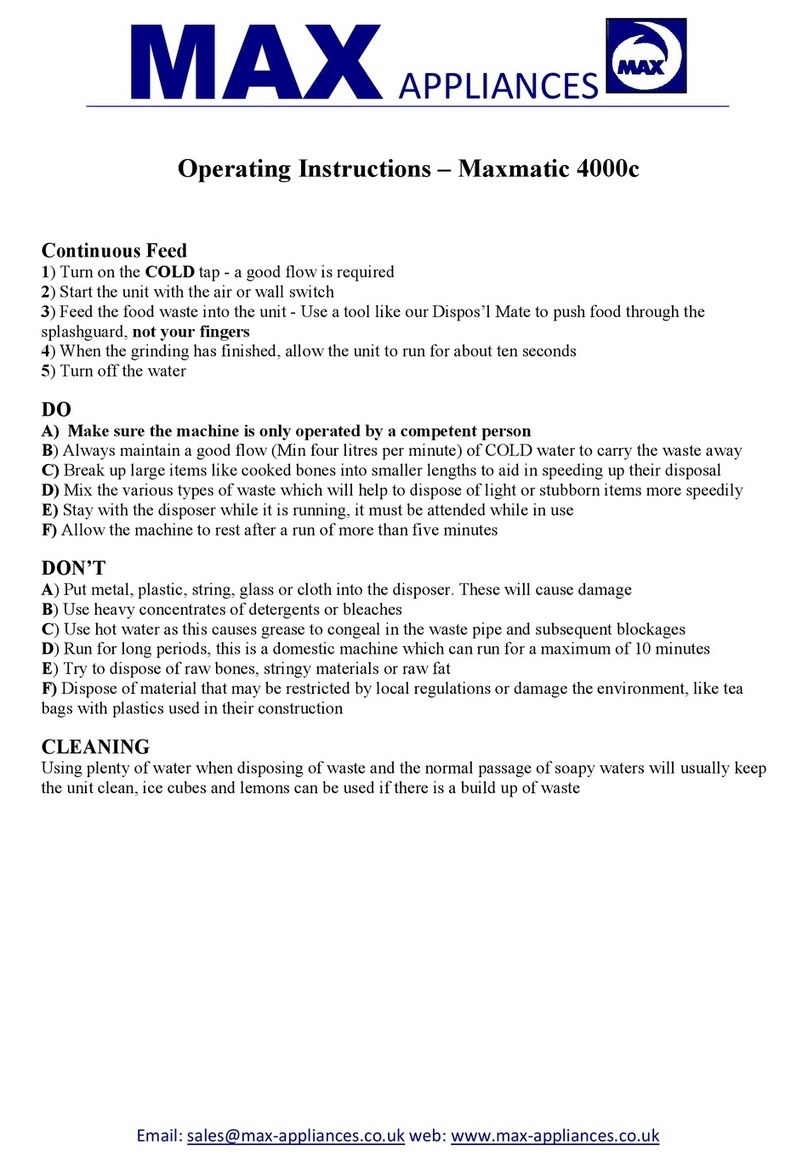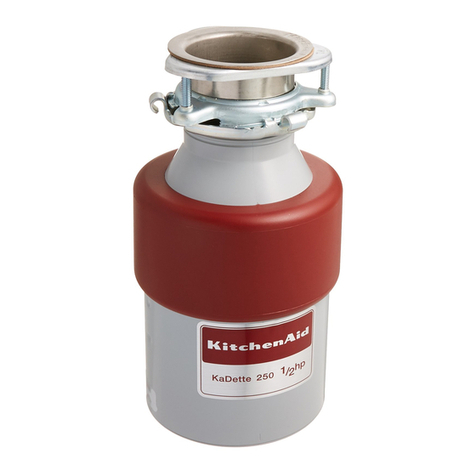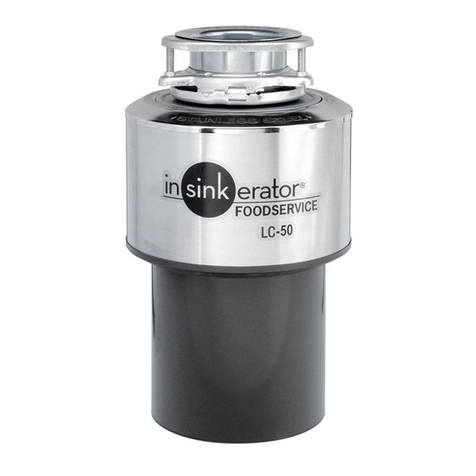3.4 BOOSTER BLOCK - SAFETY DATA SHEET In compliance with Regulation (EC) No. 1907/2006 & 453/2010 (REACH)
1. IDENTIFICATION OF THE PRODUCT AND SUPPLIER
1.1 Product identifier: BOOSTER BLOCK - SOFT (Part No.: W20.BOOST)
1.2 Use of preparation: A water soluble block containing microorganisms to
be used in conjunction with a food waste bio-digester for digesting soft
organic food waste.
1.3 Distribution: Mechline Developments Ltd, Unit 15 Carters Lane,
Kiln Farm, Milton Keynes, England MK11 3ER T: +44 (0) 1908 261 511
1.4 Emergency telephone: T: +44 (0) 1908 261 511 (9am-5:30pm GMT)
2. HAZARDS IDENTIFICATION
2.1 Classification of the mixture
In compliance with directives 67/548/EEC, 1999/45/EC and their
amendments: Xi
2.2 Label Elements
In compliance with directives 67/548/EEC, 1999/45/EC and their
amendments:
Risk Phrases R41: Risk of serious damage to eyes.
Safety Phrases S26: In case of contact with eyes, rinse immediately
with plenty of water and seek medical advice.
2.3 Other hazards
PBT: This substance is not identified as a PBT substance.
3. COMPOSITION/INFORMATION ON INGREDIENTS
3.1 Mixtures - Composition:
Ingredient COCONUT MONOETHANOLAMIDE
Cas no. 68140-00-1
Conc 50-100%
Classification (EC 1272/2008) Eye Irrit. 2: H319
Classification (67/548/EEC) Xi; R41
4. FIRST AID MEASURES
4.1 Description of first aid measures
In the event of exposure by inhalation: Move to fresh air. Immediate
medical attention not required.
In the event of splashes or contact with the eyes: Immediately flush
eyes with plenty of water for at least 15 minutes. If any persistent
irritation is apparent, obtain medical advice immediately.
In the event of splashes or contact with the skin: Remove contaminated
clothing. Wash off skin with plenty of water, using soap if available.
In the event of swallowing: Drink plenty of water. Do not induce
vomiting. Immediate medical attention required.
4.2 Most important symptoms and effects, both acute and delayed
General information: The severity of the symptoms described will vary
dependent on the concentration and the length of exposure.
Inhalation: No specific symptoms noted.
Ingestion: No specific symptoms noted. Product may cause discomfort
if swallowed.
Skin contact: No specific symptoms noted. Prolonged or excessively
repeated skin contact could lead to removal of natural oils from skin.
Eye contact: Eye contact may lead to discomfort, irritation & redness.
4.3 Indication of any immediate medical attention and special treatment
needed: Treat symptomatically.
5. FIRE FIGHTING MEASURES
5.1 Extinguishing media: This product is not flammable. Use
fire-extinguishing media appropriate for surrounding materials.
Suitable methods of extinction: Water, dry chemical or carbon dioxide.
Unsuitable methods of extinction: None known.
5.2 Special hazards arising from the mixture: When heated and in case of
fire, harmful vapours/gases may be formed.
5.3 Advice for fire-fighters: Protective equipment for fire-fighters.
Self-contained breathing apparatus and full protective clothing must be
worn in case of fire.
6. ACCIDENTAL RELEASE MEASURES
6.1 Personal precautions, protective equipment and procedures: No
special protective clothing. (See Section 8)
6.2 Environmental precautions: Spillages or uncontrolled discharges into
watercourses must be IMMEDIATELY alerted to the Environmental
Agency or other appropriate regulatory body.
6.3 Methods and materials for containment and cleaning up: Small
quantities may be flushed to drains with plenty of water.
Large Spillages: Pick up and transfer to properly labeled containers.
After cleaning flush away traces with water.
6.4 Reference to other sections: For personal protection, see Section 8.
7. HANDLING AND STORAGE
7.1 Precautions for safe handling: Wear personal protective equipment.
7.2 Conditions for safe storage, including any incompatibilities: Store
at moderate temperatures in dry, well-ventilated area. Keep in original
container. Store away from oxidising materials.
7.3 Specific end use(s): The identified uses for this product are detailed in
Section 1.2.
Usage Description: See Product Information Sheet & Label for detailed
use of this product.
8. EXPOSURE CONTROLS/PERSONAL PROTECTION
8.1 Control parameters
Ingredient comments: No exposure limits noted for ingredient(s).
8.2 Exposure controls
Engineering measures: Not relevant.
Personal protection measures, such as personal protective equipment
Eye/face protection: Safety glasses/goggles recommended if
prolonged contact is likely.
Hand protection: Not required under normal conditions of use.
Body protection: Not required under normal conditions of use.
Respiratory protection: Respiratory protection not required.
Other Protection: Avoid contact with skin. When using do not eat,
drink or smoke. Remove & wash contaminated clothing before re-use.
9. PHYSICAL AND CHEMICAL PROPERTIES
9.1 Information on basic physical and chemical properties
General information - Physical state:
Appearance Waxy solid
Colour Pale Yellow
Odour Characteristic
Solubility Soluble
9.2 Other information: None.
10. STABILITY AND REACTIVITY
10.1 Reactivity: No specific reactivity hazards associated with this product.
10.2 Chemical stability: Product is stable under normal conditions of use.
10.3 Possibility of hazardous reactions: See Sections 10.1, 10.4 & 10.5.
10.4 Conditions to avoid: Avoid extremes of temperatures to protect
biological activity.
10.5 Incompatible materials: Avoid oxidizing agents.
10.6 Hazardous decomposition products: Thermal decomposition can lead
to release of irritating vapours.
11. TOXICOLOGICAL
11.1 Information on toxicological effects
Skin corrosion/skin irritation: There may be irritation and redness at
the site of contact. An itchy rash may occur at the site of contact.
Serious damage to eyes/eye irritation: Risk of serious damage to eyes.
There may be pain and redness. The eyes may water profusely. There may
be severe pain. Corneal burns may occur. May cause permanent damage.
Respiratory or skin sensitization: Not anticipated.
12. ECOLOGICAL INFORMATION
12.1 Toxicity: We have not carried out any aquatic testing, therefore we have
no Aquatic Toxicity Data specifically for this product. The Aquatic Toxicity
Data, where provided by the raw material manufacturer for ingredients
with aquatic toxicity, can be made available on request.
12.2 Persistence and degradability: The surfactants in this preparation
comply with the biodegradability criteria as laid down in Regulation (EC)
No.648/2004 on detergents. Data to support this assertion are held at
the disposal of the competent authorities of the Member States and will
be made available to them, at their direct request or at the request of the
detergent manufacturer.
12.3 Bio-accumulative potential: No appreciable bioaccumulation potential
is to be expected.
12.4 Mobility in soil: Completely soluble.
12.5 Results of PBT and vPvB assessment: This product does not contain
any PBT or vPvB substances.
12.6 Other adverse effects: Not known.
13. DISPOSAL CONSIDERATIONS
13.1 Waste treatment methods
Product Waste: Larger volumes should be sent for disposal by an
approved waste contractor.
Soiled packaging: Rinse container and consign empty container to
normal waste.
14. TRANSPORT INFORMATION
General: Not classified for Transport.
14.1 UN Number: Not applicable
14.2 UN proper shipping name: Not applicable
14.3 Transport Hazard class(es): Not applicable
Land
Inland Waterway Transport
Sea
Air
14.4 Packing group: Not applicable
14.5 Environmental hazards: Not applicable
14.6 Special precautions for user: Handle with care
15. REGULATORY INFORMATION
15.1 Safety, health and environmental regulations/legislation specific
for the substance or mixture: Safety Data Sheet prepared in
accordance with REACH Commission Regulation (EU) No 453/2010,
which amends Regulation (EC) No 1907/2006.
The product is as classified under CHIP Directive 1999/45/EEC
Classification, Packaging & Labelling of Dangerous Preparations.
Ingredients are listed with classification under both CHIP - Directive
67/548/EEC - classification, packaging & labelling of dangerous
substances & GHS/CLP Regulation (EC) No 1272/2008 classification,
labelling & packaging of substances & mixtures.
15.2 Chemical safety assessment: Not applicable this product is a mixture.
16. OTHER INFORMATION
Information Sources: Material Safety Data Sheets from raw material
manufacturers. CLP Classification - List of harmonised classification and
labelling of hazardous substances. CHIP Classification - List of harmonised
classification and labelling of hazardous substances from Annex I to Directive
67/548/EEC.
Revision Comments: This Material Safety Data Sheet has been prepared in
accordance with REACH Commission Regulation (EU) No 453/2010,
which amends Regulation (EC) No 1907/2006. There has been no change to
the classification of the product. Product label requirements have been moved
from Section 15 to Section 2 and Section 3 has a different layout. Raw
material (ingredient) hazard classifications are listed in both CHIP & CLP format.
Date 01/03/13 Issue 1
The Risk Phrases/Hazard Statements listed below relate to the raw materials
(ingredients) in the product (as listed in Section 3) and NOT the product itself.
For the Risk Phrases/Hazard Statements relating to this product refer to Sec. 2.
Risk Phrases in Full: R41 Risk of serious damage to eyes.
Hazard Statements In Full: H319 Causes serious eye irritation.
Legal disclaimer: The information provided is to the best of our knowledge
correct and accurate. However, all data instructions and suggestions should
be used only for guidance purposes. This company shall not be held liable for
any damage resulting from handling or contact with the above product.
